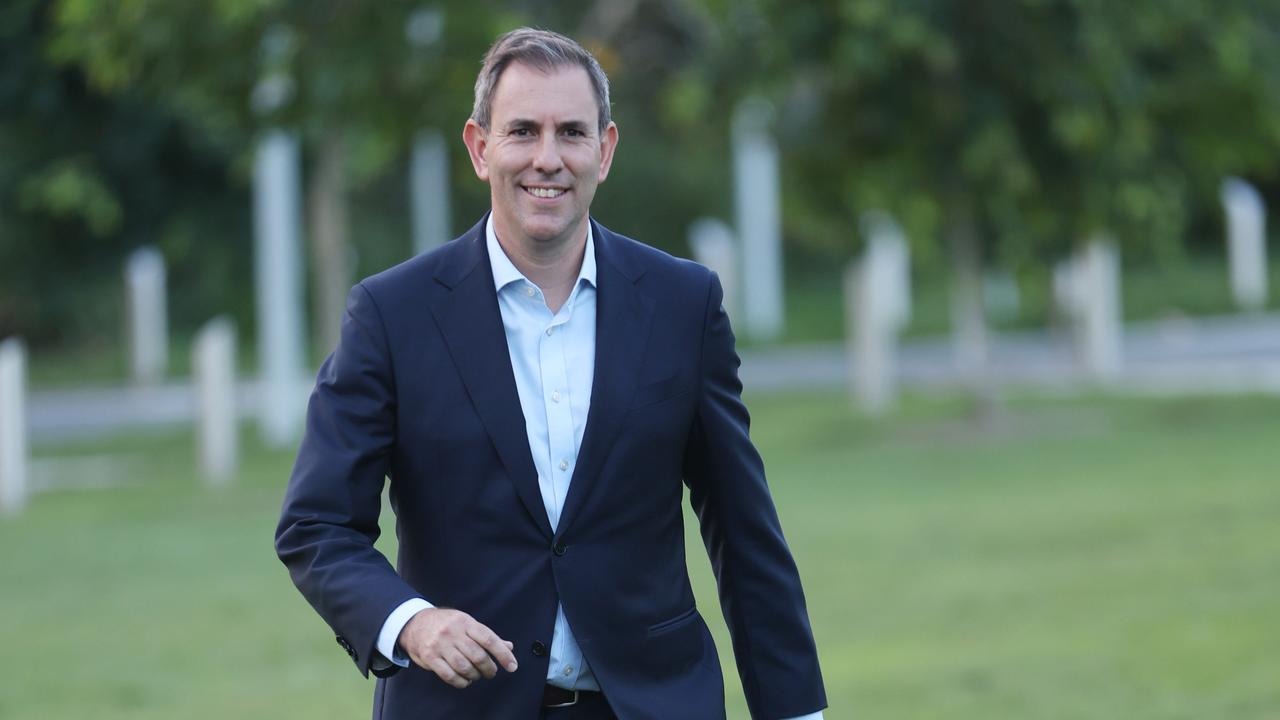The same thing is happening with that other wonder battery metal, graphite.
One-time lithium hopeful Alita Resources (A40) last month entered voluntary administration months after getting its Bald Hill lithium concentrate plant in WA into production. Alita’s problem — meeting banking covenants — shows there are no new ways of getting into trouble other than having too much debt and too little cash flow.
Lithium specialist Pilbara Minerals (PLS, 35c) has tapered back expansion plans for its Pilgangoora project, while Galaxy Resources (GXY, $1.13) cut the value of its Mount Cattlin mine by $178m.

Even the privately owned Greenbushes, the world’s biggest mine and previously Australia’s only lithium producer, has curtailed expansion plans.
Meanwhile, grateful Kidman Resources (KDR, $1.89) holders voted overwhelmingly in favour of Wesfarmers’ $776m takeover offer.
That’s not to say the battery material theme underlying the surge of interest in the metal is invalid. But not all lithium material is the same and not all the projects are the same, so now’s the time for investors to take a discerning stance.
“We see many analysts compare companies by resource size and grade,’’ says Pan Asia Metals chief Paul Lock. “In reality these comparisons often mean little when one considers geology, geography, political risk, policy settings and the location of end markets.”
The only rule that counts is being a relatively low-cost producer, because even a decent 100 million-tonne resource means little if you can’t extract it economically.
“Once a discovery has been made then the barriers to entry are low,” Lock says. “As a result (hard rock) spodumene concentrate has become a commodity.”
Lock attributes the price malaise to oversupply of spodumene concentrates from Australian suppliers, China’s decision to cut electric vehicle (EV) subsidies and bottlenecks in conversion capacity.
On the flip side, demand for lithium-ion batteries has not abated, although growth has not met expert forecasts. China’s biggest lithium-ion battery maker reported a 166 per cent surge in half-year revenue, while Chinese EV sales have grown 81 per cent in the year to June.
Given favourable longer-term demand, Pan Asia Metals is as keen on developing a lithium mine as any of its overzealous peers. It plans to list on the ASX early next year, based on its Reung Kiet Lithium Project near Phuket in southern Thailand.
As well as being Southeast Asia’s only lithium project, Reung Kiet’s star attribute is that it would mine lepidolite, which can be processed into lithium carbonate or lithium hydroxide using a simple heap leach process.
Known in new-age circles as a healing stone, lepidolite is a crystal containing a high amount of lithium. Now may it cast its soothing aura on the rattled lithium market.
While Pan Asia Metals has the only lithium project in Southeast Asia, Koppar owns the only lithium project in Europe — and one that oozes green credentials.
Led by Volkswagen, the European carmakers have set ambitious targets for electric car production — but the trouble is the scarcity of locally produced battery-grade lithium.
Koppar has outlined unusual plans to produce the coveted material from lithium-rich brines deep under Germany’s Upper Rhine Valley.
The other oddity that sets Koppar and its Vulcan project apart from other early-stage lithium plays is that the brines (surface liquids containing compounds) are in geothermal deposits that already produce plenty of electricity to power the region’s industrial machine.
Koppar CEO Francis Wedin previously had a private company with a lithium asset that was sold to Pilbara Minerals.
Wedin says European carmakers — and governments generally — won’t tolerate relying on Chinese and South American sources for lithium, a crucial ingredient in EV battery cathodes.
“From analyst forecasts Europe will produce about 16 per cent of the world’s lithium-ion batteries from cathode material by mid-2020,” he says. “That number represents the entire battery lithium market now.”
Permitted across 78,000ha, the Vulcan project is in scoping-study stage, with an “exploration target” of 10-35 million tonnes of contained lithium carbonate equivalent.
Unlike spodumene lithium producers, the project won’t require open-cut mining (pretty much verboten in Europe) or an expensive plant.
With a $7m market cap supported by $4.5m of cash, Koppar is being priced for failure. Wedin admits the geothermal lithium concept is untested, although others are having a crack.
Should Koppar’s lithium quest stall, there’s the fallback option of joining the Rhine Valley’s six other generators as a pure geothermal power play.
Meanwhile, Wedin says lithium prices are at more sustainable levels, having roughly halved over the last 12 months: “If you can’t make money at these prices you shouldn’t be in the business.”
Tim Boreham edits The New Criterion.




The stronger-for-longer lithium story is not exactly panning out as such, with a global oversupply emerging and the upbeat blue-sky stories supplanted by tales of woe from the emerging producers.